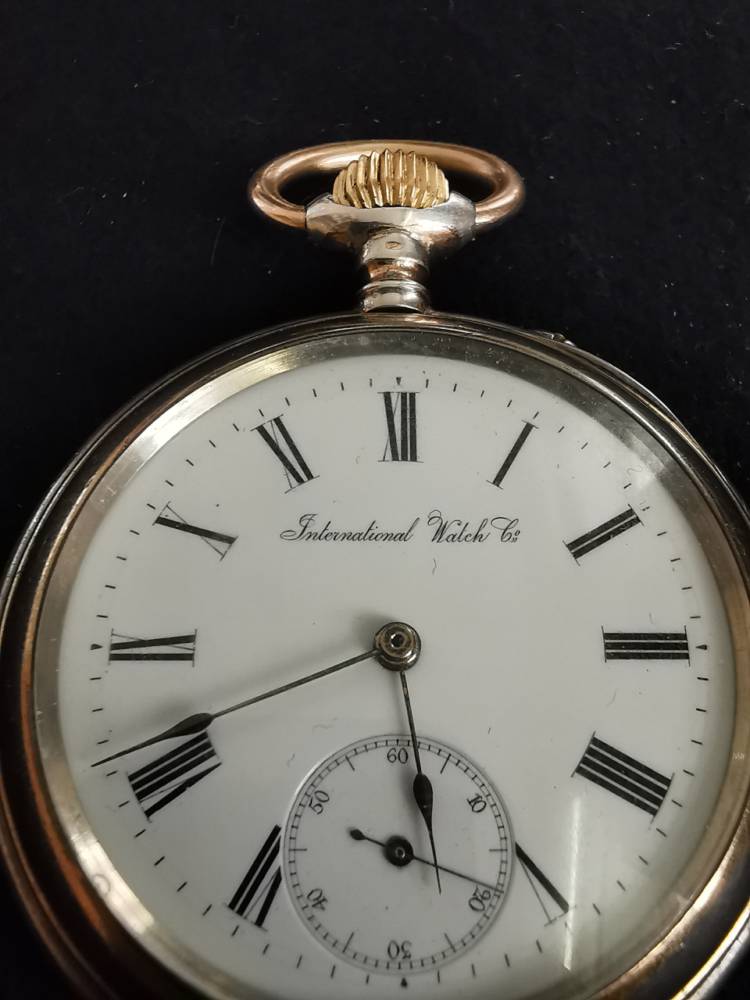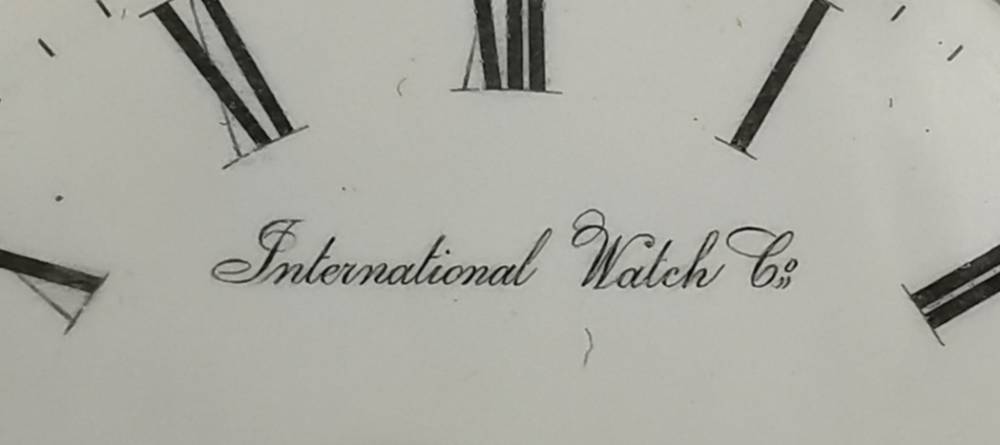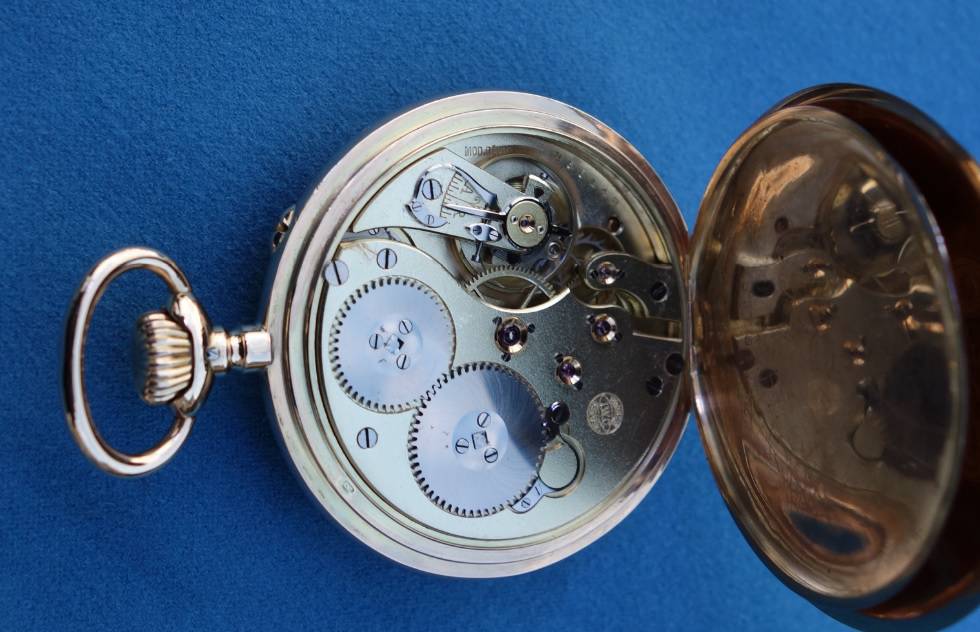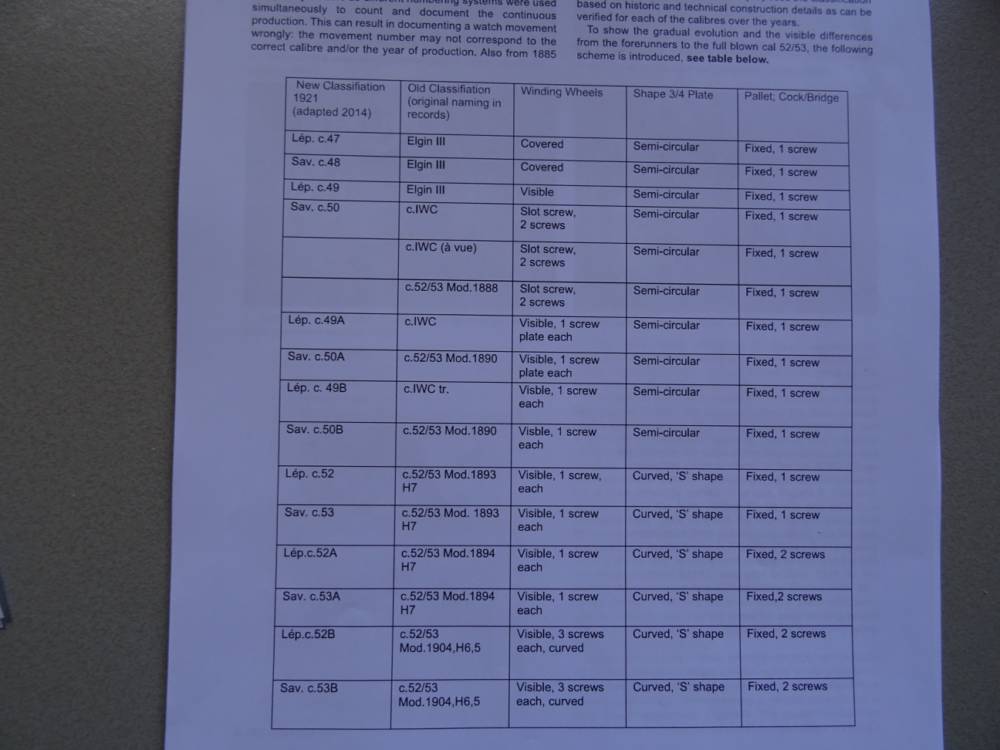As some of you know, I am collecting pocketwatches, IWC only.
Far from saying that my collection is a museum collection but I am proud to
have found some nice and rare pieces over time.
Some of the pocketwatches are common, easy to find on the market, sometimes in
better condition than mine, but some I have are gems.
So in these crazy times, as the museum in Schaffhausen is closed, why not open
one here on the forum.
As long as the museum is closed, I will post here daily a pocketwatch from my
collection.
I hope I don't run out of pieces before the virus is beaten. Fingers crossed
for all of us.
I will post them in a random order, with some comments, feel free to join.
Keep safe all.
DAY 24 : A Cal 49
For today I had prepared a cal 52 from 1888, the first production year of the
Cal 52.
I also took out the banksafe my cal 49 to post in the following days. And
taking pictures of the two, I realised that the two were equal.
I knew that the cal 49 was a forerunner of the cal 52 and that the differences
were minimal, but so minimal I couldn't see them ? So I went on a search in
the archives, found the differences between the cal 49 and the cal 52 and came
to the conclusion that the numbers in the Tolke & King list must not be
correct on these calibers. In the books they say Caliber IWC ( cal 52 ) starts
with 32401, first series 18 lig and continious to 32700, then a second series
was made, 19 lig, from 32701-34200.
My cal has the number 33010.
So to my surprise , I have two cal 49's in my collection.
How it was in the safe, when it came in, I only looked at the serial number,
didn't the saw the difference and trusted the T&K numbers.


a simple silver case



 The little
The little
changes that were made between the cal 49 and the 52.

Left, Elgin III 19 lig C49, right the Cal.IWC, c52
















 How
How